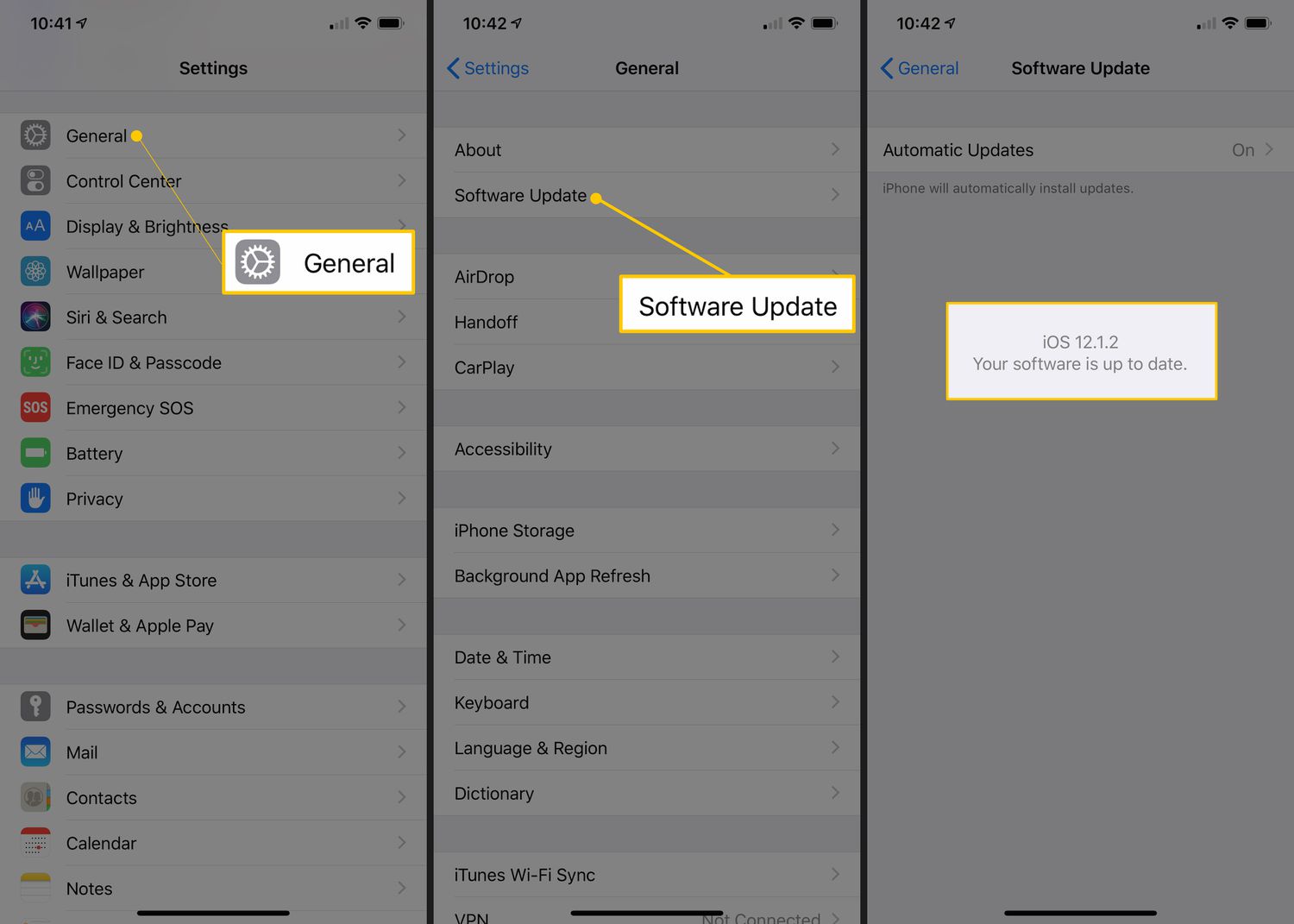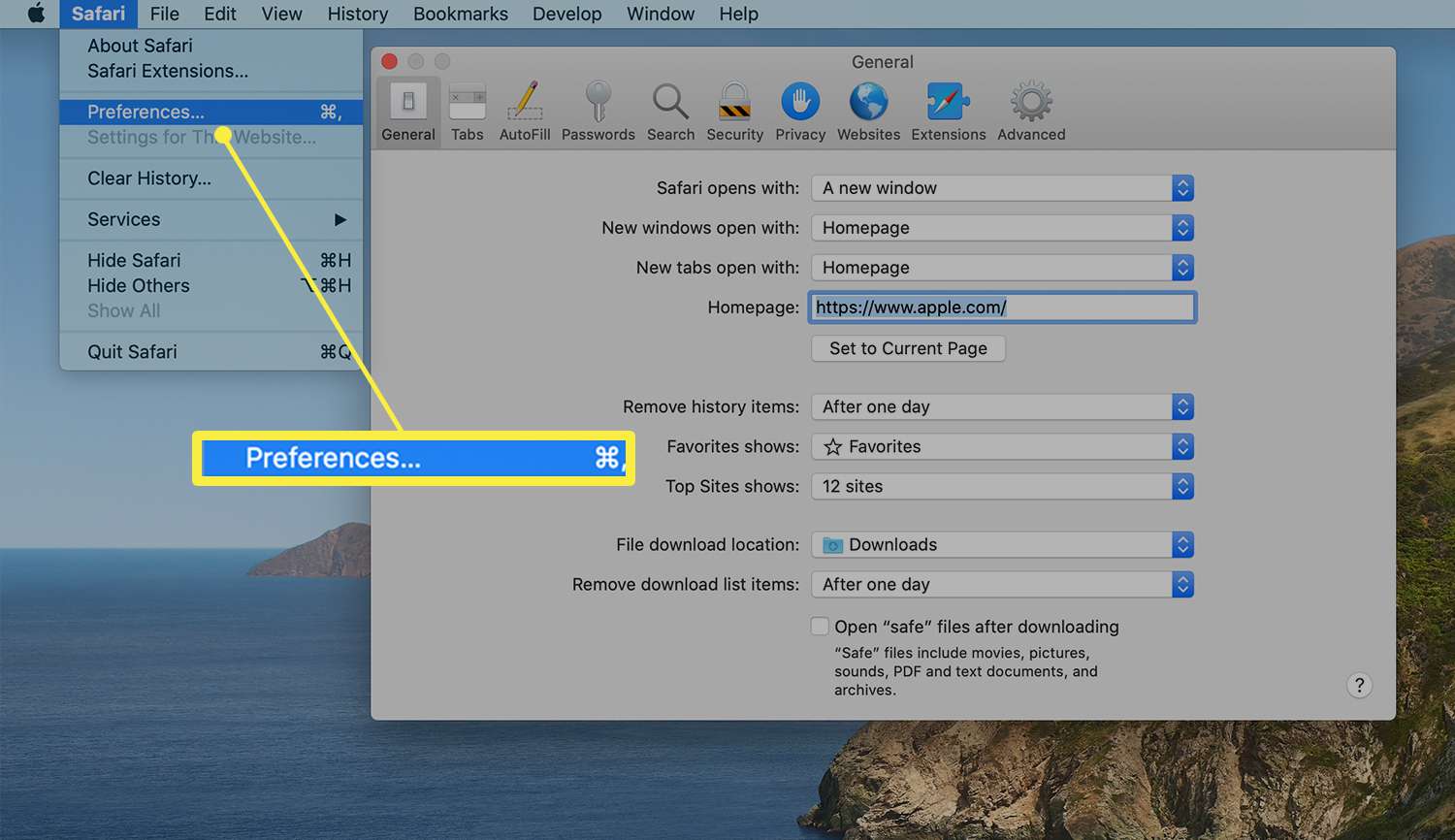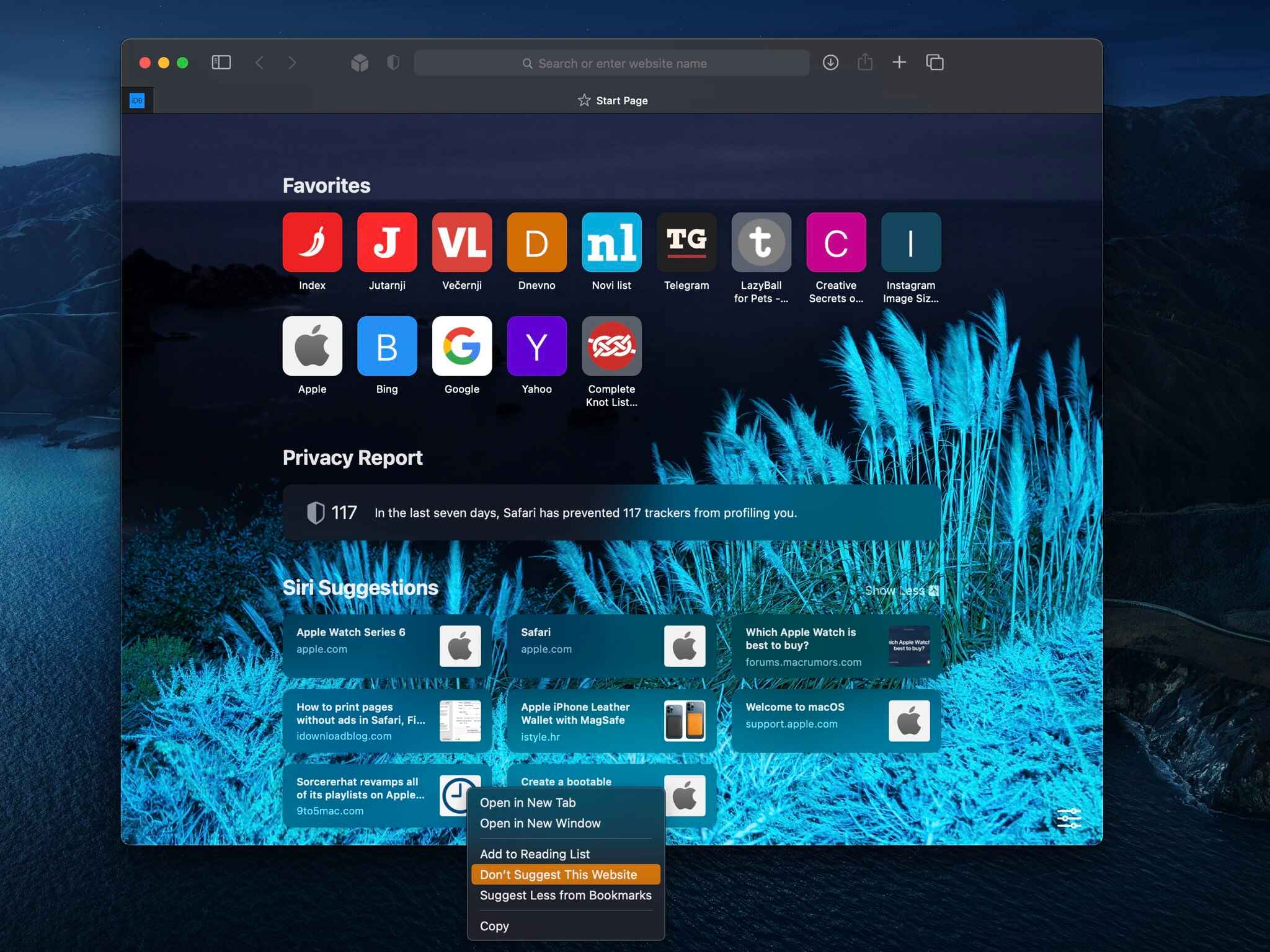Introduction
In today's digital age, web browsers play a pivotal role in our daily lives, serving as gateways to the vast expanse of the internet. Among the myriad of browsers available, Safari stands out as a popular choice for Mac users, offering a seamless and secure browsing experience. However, Safari's default settings include privacy features that restrict cross-site tracking, a practice that allows websites to monitor user activity across different sites. While this is a commendable privacy measure, there are instances where users may need to enable cross-site tracking for specific purposes.
Understanding how to allow cross-site tracking in Safari on Mac can be beneficial for individuals and businesses alike. Whether it's for accessing personalized content, utilizing certain web services, or conducting marketing activities, enabling cross-site tracking can be a strategic decision. By delving into the intricacies of cross-site tracking and learning how to manage these preferences within Safari, users can harness the full potential of the browser while maintaining a balance between privacy and functionality.
In this comprehensive guide, we will explore the concept of cross-site tracking, elucidate the steps to enable it in Safari on Mac, and provide insights into managing cross-site tracking preferences. By the end of this article, you will have a clear understanding of how to navigate Safari's privacy settings to allow cross-site tracking when necessary, empowering you to make informed decisions about your online browsing experience. Let's embark on this enlightening journey to unlock the capabilities of Safari on your Mac.
Understanding Cross-Site Tracking
Cross-site tracking, also known as third-party tracking, refers to the practice of monitoring user activity across multiple websites. This mechanism allows various entities, such as advertisers, analytics firms, and social media platforms, to gather data about an individual's online behavior, preferences, and interactions. By utilizing tracking technologies like cookies, web beacons, and scripts, these entities can create comprehensive profiles of users, enabling them to deliver targeted advertisements, personalize content, and analyze browsing patterns.
The primary objective of cross-site tracking is to establish a cohesive understanding of an individual's online journey, irrespective of the specific websites visited. This comprehensive view enables entities to tailor their offerings and communications to align with the user's interests and behaviors, thereby enhancing the relevance and effectiveness of their interactions. While this can result in a more personalized and seamless online experience for users, it also raises concerns about privacy, data security, and user consent.
In response to these concerns, modern web browsers, including Safari, have implemented privacy features to restrict cross-site tracking by default. Safari's Intelligent Tracking Prevention (ITP) is a notable example of such a feature, designed to limit the capabilities of third-party trackers and protect user privacy. By blocking cross-site tracking, Safari aims to mitigate the potential risks associated with data collection and profiling, empowering users to maintain a certain level of anonymity and control over their online activities.
However, there are scenarios where enabling cross-site tracking becomes necessary or beneficial. For instance, certain web services and applications rely on cross-site tracking to deliver personalized content, authenticate user sessions, and facilitate seamless integrations across platforms. Additionally, businesses engaging in digital marketing initiatives may require cross-site tracking to measure the performance of their campaigns, optimize ad targeting, and gauge user engagement across diverse online channels.
By comprehending the intricacies of cross-site tracking, individuals can make informed decisions about when to allow or restrict this practice based on their specific needs and privacy preferences. Understanding the underlying mechanisms and implications of cross-site tracking empowers users to navigate the digital landscape with heightened awareness, enabling them to strike a balance between personalized experiences and data privacy.
In the next section, we will delve into the steps to enable cross-site tracking in Safari on Mac, providing users with the knowledge and tools to manage their browsing preferences effectively.
Enabling Cross-Site Tracking in Safari on Mac
Enabling cross-site tracking in Safari on Mac involves navigating the browser's settings to modify the default privacy preferences. While Safari's Intelligent Tracking Prevention (ITP) is designed to restrict cross-site tracking by default, users have the flexibility to adjust these settings based on their specific requirements. Whether it's for accessing personalized content, utilizing certain web services, or conducting marketing activities, enabling cross-site tracking can be a strategic decision. Here's a step-by-step guide to enable cross-site tracking in Safari on Mac:
-
Open Safari Preferences: Launch Safari on your Mac and click on "Safari" in the top menu bar. From the dropdown menu, select "Preferences" to access the browser's settings.
-
Navigate to Privacy Settings: Within the Preferences window, navigate to the "Privacy" tab. This section houses various privacy and security settings that govern Safari's behavior regarding tracking, cookies, and website data.
-
Adjust Cross-Site Tracking Settings: Under the Privacy tab, locate the "Prevent cross-site tracking" option. By default, this setting is enabled to prevent websites from tracking users across different sites. To allow cross-site tracking, uncheck the box next to "Prevent cross-site tracking."
-
Confirm the Changes: Once you've unchecked the "Prevent cross-site tracking" option, Safari will no longer block cross-site tracking. The browser will now permit websites to track user activity across multiple sites, enabling personalized content delivery and seamless integrations that rely on cross-site tracking mechanisms.
-
Consider the Implications: Before enabling cross-site tracking, it's essential to consider the implications and potential trade-offs. While allowing cross-site tracking can enhance personalized experiences and enable certain functionalities, it also entails sharing user data across a broader network of websites and entities. Users should weigh the benefits against privacy considerations before making this adjustment.
By following these steps, users can effectively enable cross-site tracking in Safari on their Mac, granting websites the ability to track user activity across different domains. This adjustment can be particularly useful for accessing personalized content, leveraging integrated web services, and ensuring seamless functionality across various online platforms.
It's important to note that while enabling cross-site tracking can unlock certain benefits, users should remain vigilant about their online privacy and regularly review their browser settings to align with their preferences. Safari's privacy features, including Intelligent Tracking Prevention, continue to evolve to strike a balance between user privacy and the demands of the modern web ecosystem. By staying informed and proactive, users can navigate the complexities of cross-site tracking while maintaining control over their online experiences.
Managing Cross-Site Tracking Preferences
In addition to enabling cross-site tracking in Safari on Mac, it's essential for users to understand how to manage these preferences effectively. Safari offers a range of tools and settings that empower users to fine-tune their cross-site tracking preferences, aligning with their privacy concerns and browsing requirements. By navigating Safari's privacy settings, users can exert greater control over how their data is utilized across different websites and platforms.
Utilizing Website Tracking Reports
Safari provides users with the ability to access detailed reports on website tracking activities. By navigating to the "Privacy" tab within Safari Preferences and selecting "Website Tracking," users can view comprehensive reports that highlight the websites and entities attempting to track their activity. This feature enables users to gain insights into the extent of cross-site tracking and make informed decisions about allowing or restricting specific trackers.
Managing Individual Website Preferences
Within Safari's settings, users can manage individual website preferences related to cross-site tracking. By visiting a specific website and accessing the "Website Tracking" report, users can choose to block or allow cross-site tracking for that particular site. This granular control empowers users to tailor their tracking preferences based on the trustworthiness and relevance of individual websites, ensuring a personalized and secure browsing experience.
Leveraging Intelligent Tracking Prevention (ITP)
Safari's Intelligent Tracking Prevention (ITP) is a sophisticated feature designed to mitigate the impact of cross-site tracking while preserving user privacy. By leveraging machine learning algorithms, ITP identifies and restricts the capabilities of third-party trackers, safeguarding user data from pervasive tracking practices. Users can stay informed about the evolving capabilities of ITP and its impact on cross-site tracking through Safari's release notes and official communications.
Regularly Reviewing Privacy Settings
As the digital landscape continues to evolve, it's crucial for users to regularly review and update their privacy settings in Safari. By staying informed about the latest developments in cross-site tracking and privacy regulations, users can adapt their preferences to align with their evolving needs and concerns. Safari's commitment to enhancing user privacy and security underscores the importance of remaining proactive in managing cross-site tracking preferences.
By leveraging these tools and practices, users can effectively manage their cross-site tracking preferences in Safari on Mac, ensuring a balance between personalized experiences and data privacy. Navigating the complexities of cross-site tracking requires a proactive and informed approach, empowering users to make conscious decisions about their online interactions while harnessing the full potential of Safari's browsing capabilities.
Conclusion
In conclusion, the ability to allow cross-site tracking in Safari on Mac presents users with a nuanced balance between privacy and functionality. By understanding the intricacies of cross-site tracking and learning how to manage these preferences within Safari, users can navigate the digital landscape with heightened awareness and control. Enabling cross-site tracking can unlock personalized content, seamless integrations, and enhanced user experiences, but it also necessitates a thoughtful consideration of the associated privacy implications.
As users delve into the process of enabling cross-site tracking in Safari, it's crucial to weigh the benefits against potential trade-offs. By following the step-by-step guide to adjust Safari's privacy settings, users can grant websites the ability to track their activity across different domains, fostering personalized content delivery and integrated web services. However, it's essential to remain vigilant about online privacy and regularly review browser settings to align with individual preferences.
Furthermore, managing cross-site tracking preferences within Safari empowers users to exert greater control over how their data is utilized across various websites and platforms. Leveraging tools such as website tracking reports, individual website preferences, and Intelligent Tracking Prevention (ITP) enables users to make informed decisions about allowing or restricting specific trackers, thereby ensuring a personalized and secure browsing experience.
As Safari continues to evolve its privacy features and adapt to the dynamic landscape of cross-site tracking, users are encouraged to stay informed and proactive in managing their preferences. Regularly reviewing privacy settings and staying abreast of the latest developments in cross-site tracking and privacy regulations enables users to adapt their preferences to align with their evolving needs and concerns.
Ultimately, the journey to allow cross-site tracking in Safari on Mac is characterized by a delicate interplay between user empowerment, privacy considerations, and the evolving demands of the digital ecosystem. By embracing a balanced approach and leveraging the capabilities of Safari's privacy features, users can harness the full potential of the browser while maintaining control over their online experiences. This comprehensive understanding and management of cross-site tracking preferences in Safari on Mac empower users to make conscious decisions about their online interactions, fostering a harmonious synergy between privacy and functionality.























